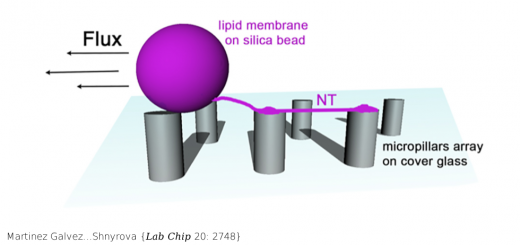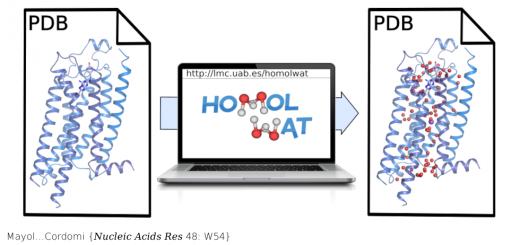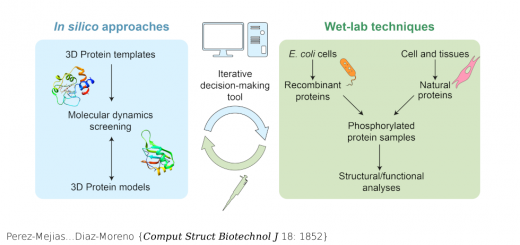Concurrent atomic force spectroscopy

Concurrent atomic force spectroscopy allows the comparison of the mechanical properties of two different proteins within the same AFM experiment, with higher accuracy and throughput than in traditional AFM. This concurrent measurement can be implemented by the Orthogonal Fingerprinting method, which uses heteropolyproteins that include marker domains with different fingerprinting unfolding lengths (CC BY 4.0 2019).
Pimenta-Lopes C, Suay-Corredera C, Velázquez-Carreras D, Sánchez-Ortiz D, Alegre-Cebollada J.
Communications Physics 2019 Aug; 2: 91.
Force-spectroscopy by atomic force microscopy (AFM) is the technique of choice to measure mechanical properties of molecules, cells, tissues and materials at the nano and micro scales. However, unavoidable calibration errors of AFM probes make it cumbersome to quantify modulation of mechanics. Here, we show that concurrent AFM force measurements enable relative mechanical characterization with an accuracy that is independent of calibration uncertainty, even when averaging data from multiple, independent experiments. Compared to traditional AFM, we estimate that concurrent strategies can measure differences in protein mechanical unfolding forces with a 6-fold improvement in accuracy or a 30-fold increase in throughput. Prompted by our results, we demonstrate widely applicable orthogonal fingerprinting strategies for concurrent single-molecule nanomechanical profiling of proteins.




